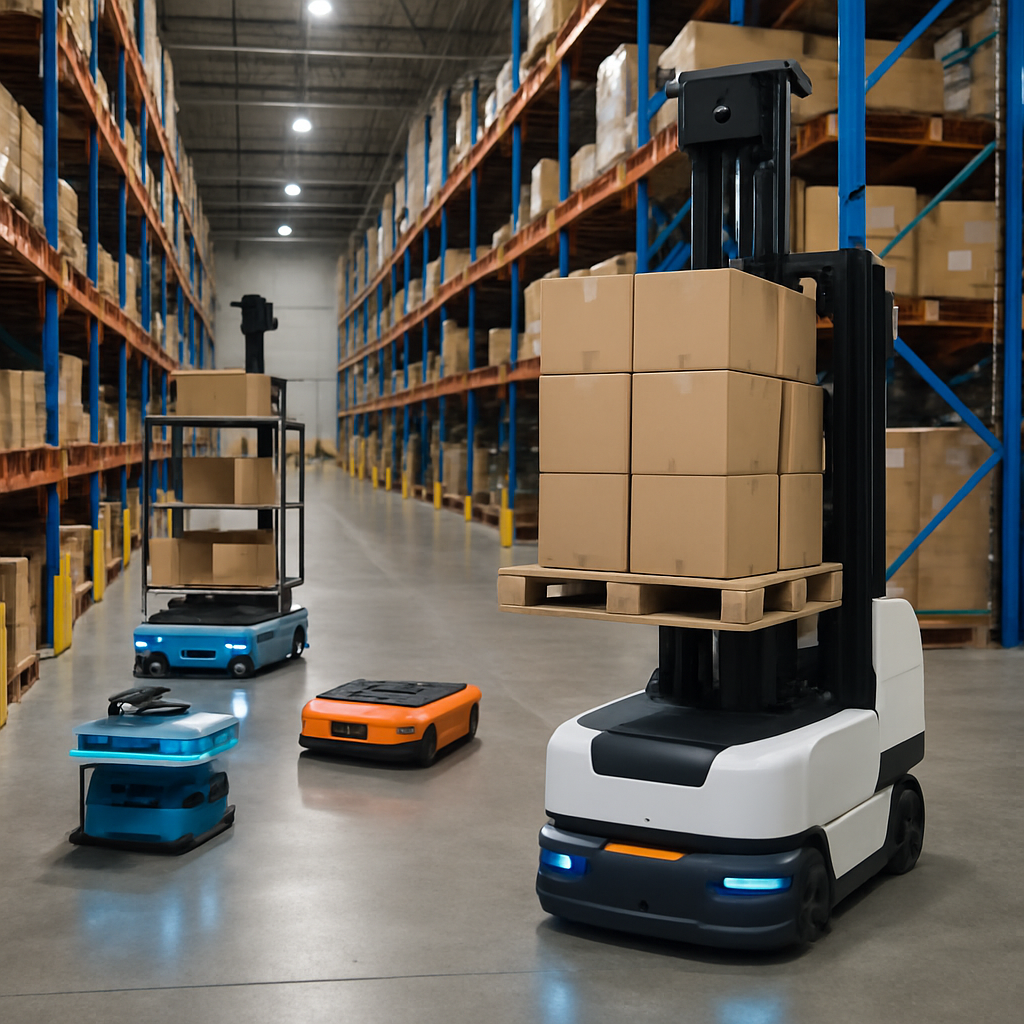
Automation is no longer a future concept — it’s happening inside warehouses right now. AMRs, palletizing robots, AI routing, conveyor intelligence, and labor planning algorithms are becoming standard.
But here’s the misconception:
Automation does not replace people — it changes what people are needed for.
The smartest facilities aren’t replacing labor.
They’re elevating labor, using automation to eliminate low-value tasks and redeploy people into higher-value production roles.
In a world obsessed with robotics, the human element is still the engine of throughput.
Executives often assume automation equals headcount reduction.
Reality:
According to the U.S. Bureau of Labor Statistics and MHI’s Annual Industry Report, 74% of companies that implement automation increase labor needs in new roles — technicians, data operators, robot tenders, and workflow analysts.
Automation removes:
But people still own:
Robots move product. People move decisions.
Robotics excel when everything is predictable.
Warehouse reality: nothing stays predictable.
Robots freeze.
People solve.
As automation expands, low-skill picking declines.
But FTEs move into roles such as:
You don’t eliminate labor — you upgrade labor.
Automation delivers potential capacity.
People turn that potential into throughput.
One automated grocery DC saw CPH jump 22% only after implementing structured labor coaching and shift-accountability huddles.
| Failure Point | Root Cause | Fix |
|---|---|---|
| Robots idle | No labor ready to feed or clear automation | Cross-train to build workflow flexibility |
| Backed-up conveyors | Lack of dock responsiveness | Shift huddles + live KPI boards |
| Unplanned downtime | No exception playbook | “Red Zone SOP” — who does what when system faults |
| Poor ROI | No productivity accountability | Managed labor overlay |
Automation requires leadership, not supervision.
Automation doesn’t remove the need for labor leadership — it requires a higher level of it.
Managed labor brings:
Automation without people is equipment.
Automation with people is production.
Old KPIs:
New KPIs:
Automation doesn’t eliminate KPIs.
It upgrades them.
Automation doesn’t replace the workforce — it reshapes the workforce.
DCs that win the next decade aren’t asking:
“How do we automate more?”
They’re asking:
“How do we empower people to extract full value from automation?”
Technology moves product.
People move productivity.
Q1: Does automation reduce labor?
Automation shifts labor toward higher-value roles. It rarely eliminates labor entirely.
Q2: What’s the fastest way to increase ROI on automation?
Embed trained labor leadership and exception-handling processes.
Q3: What do associates struggle with most when automation launches?
Unclear roles and lack of accountability when faults occur.
Q4: How do managed labor teams help automation perform better?
They ensure consistent staffing, cross-training, and real-time throughput accountability.
Q5: What’s the biggest automation mistake DCs make?
Investing in technology without investing in people.
👇📅 We're here to help. There's no pitch - just a conversation. 📅👇
In any market, your supply chain can make or break your ability to compete well. Don't leave that to chance. We can help you create a stronger operation, so you never fall behind the competition.
Stop worrying about labor challenges and start enjoying a safe, lean, and rock-solid supply chain.
(800) 849-3132 | © FHI. All rights reserved.